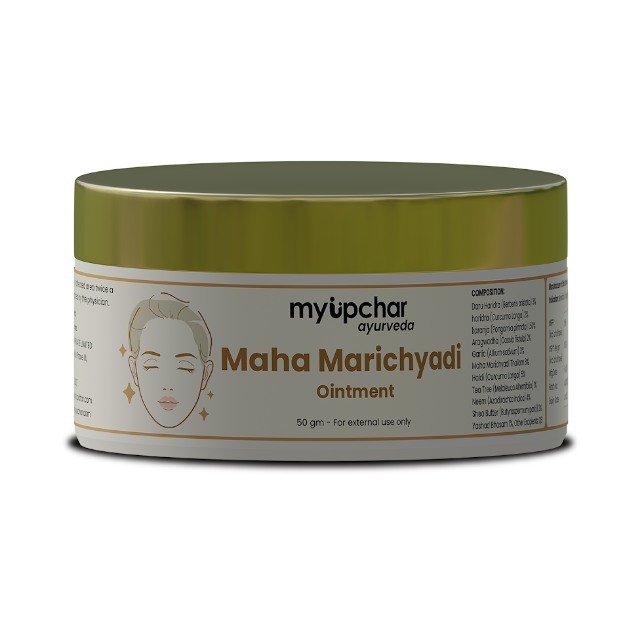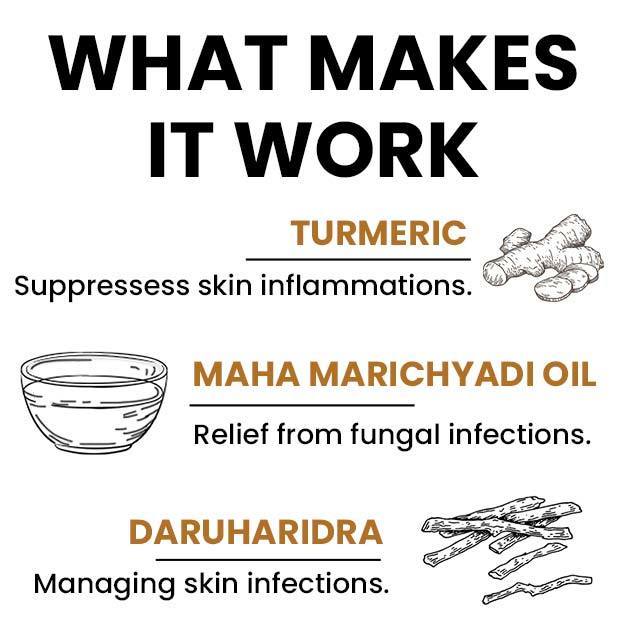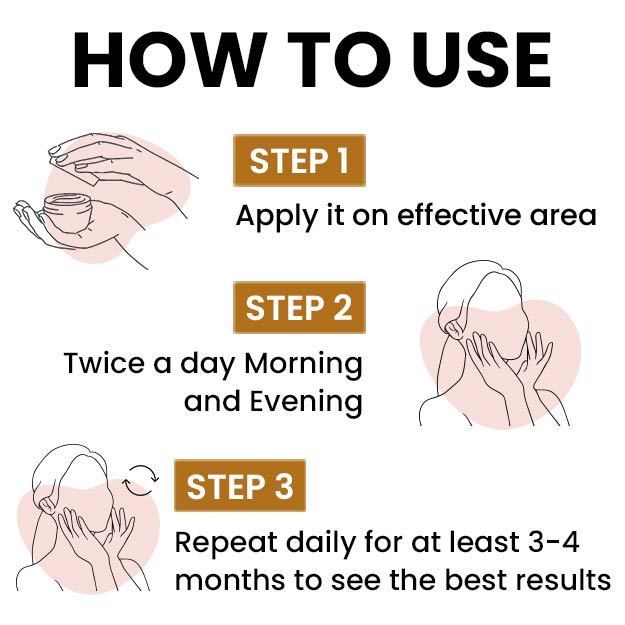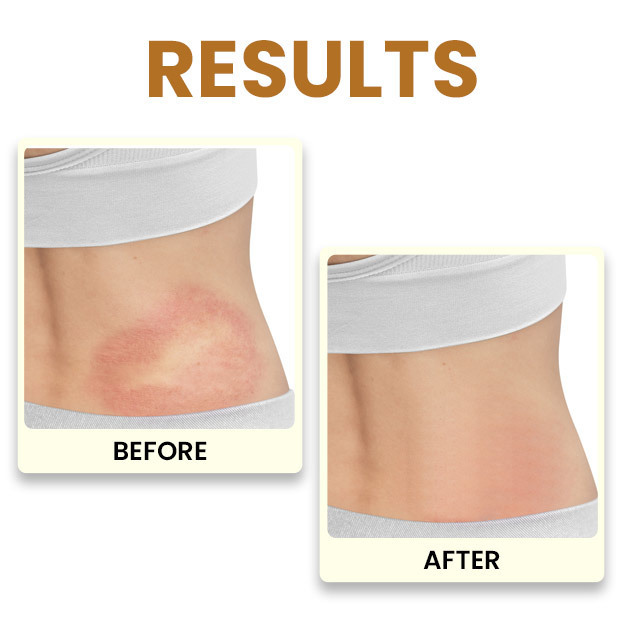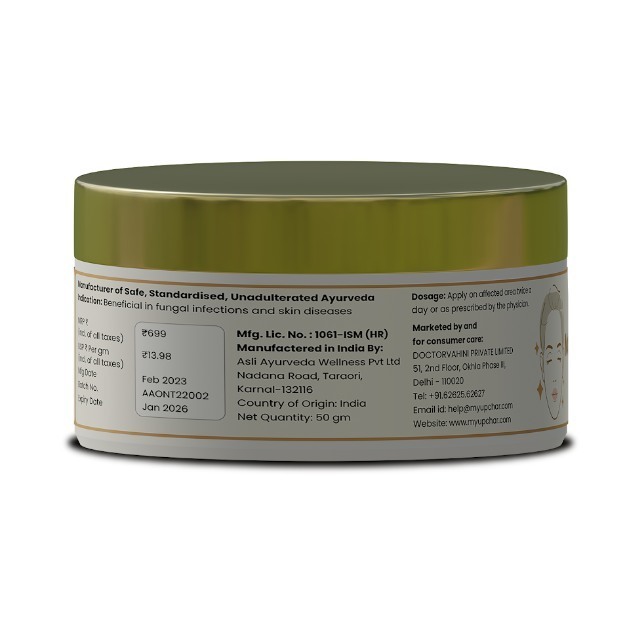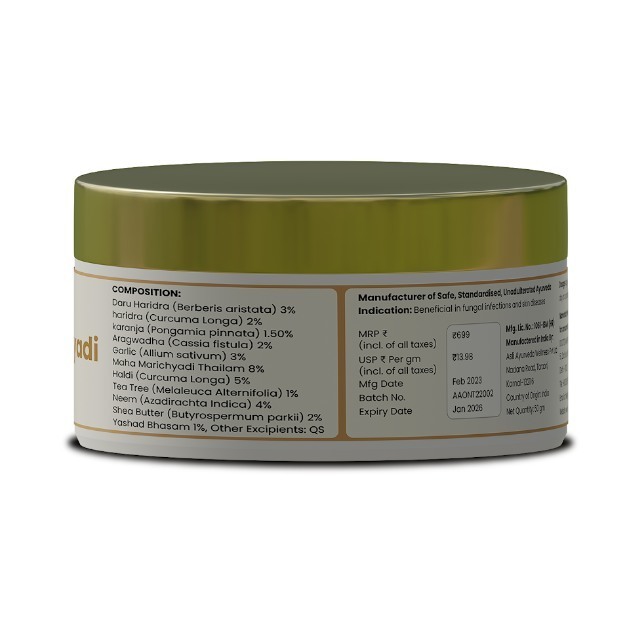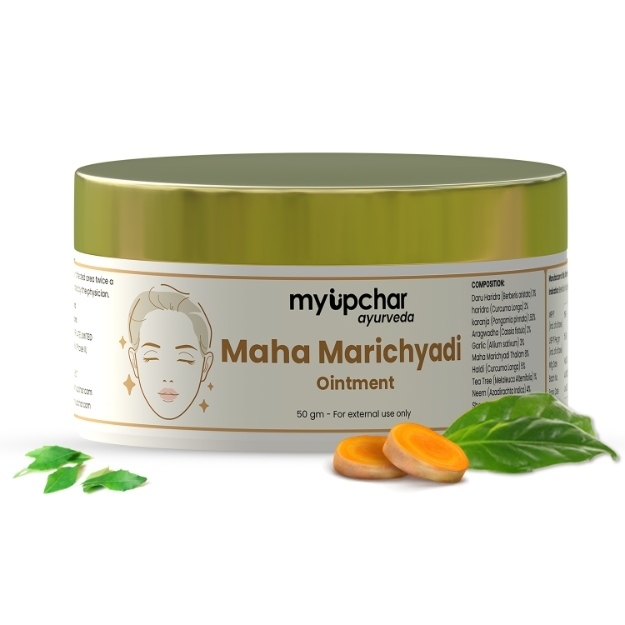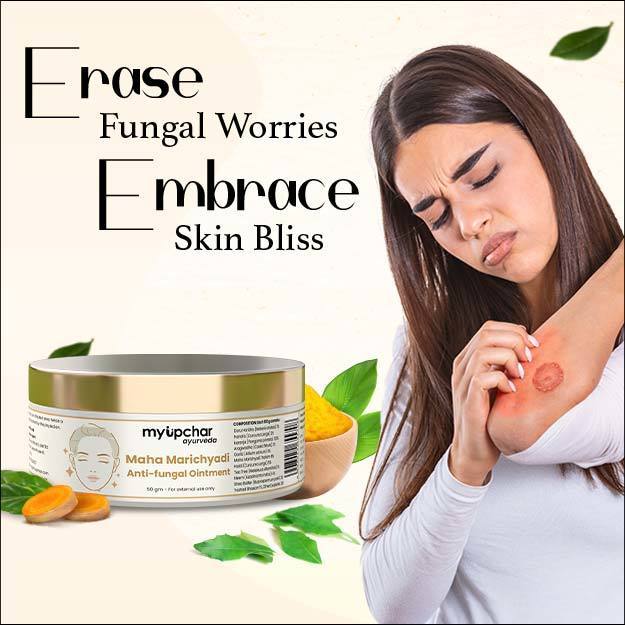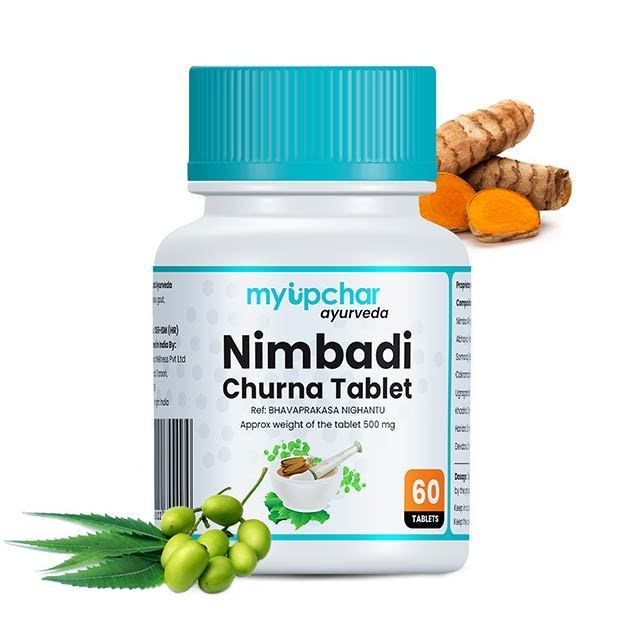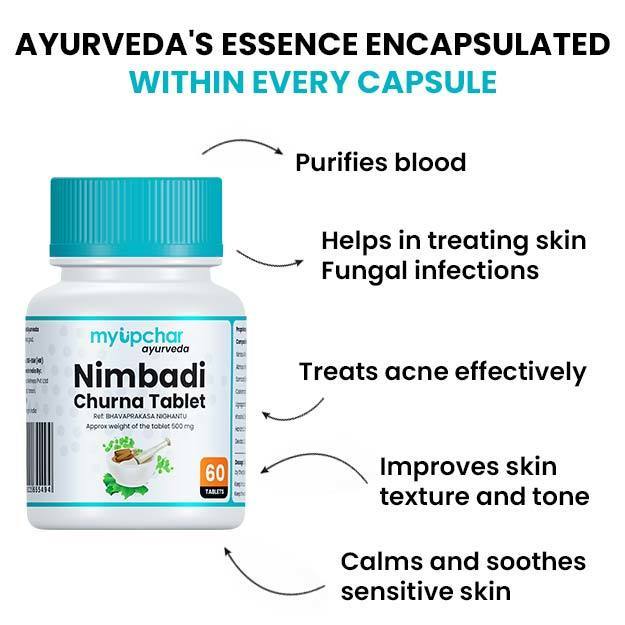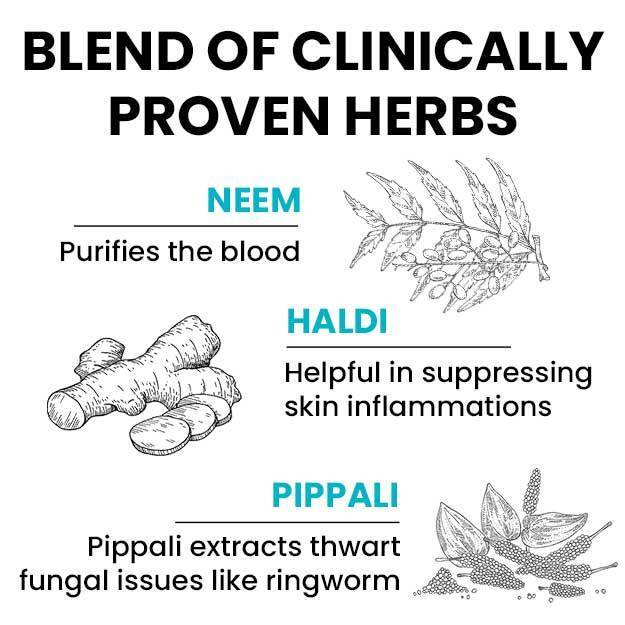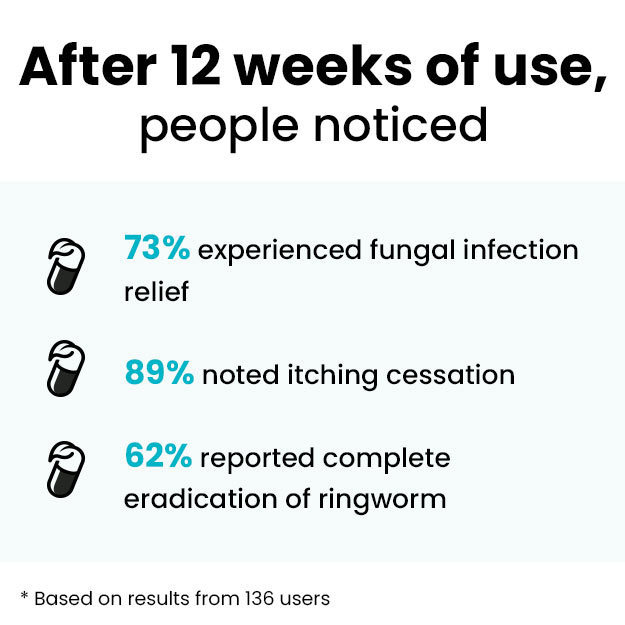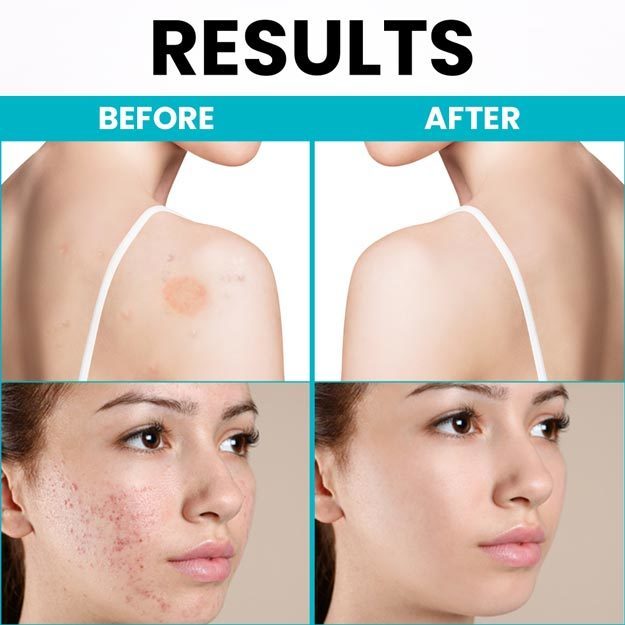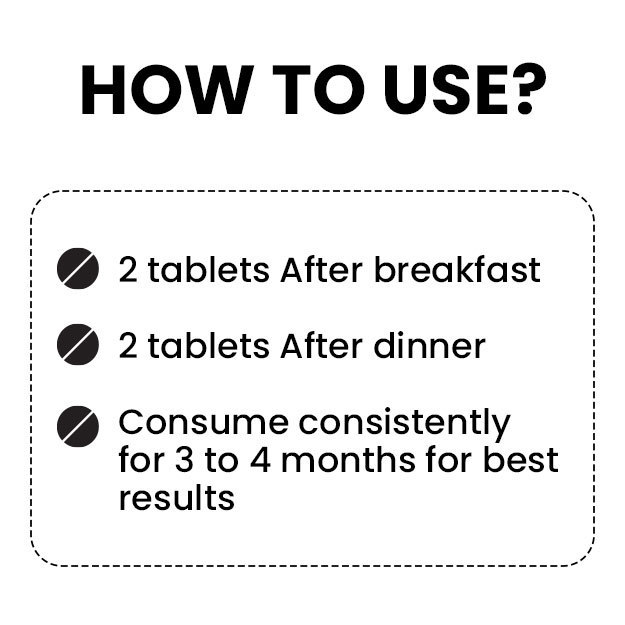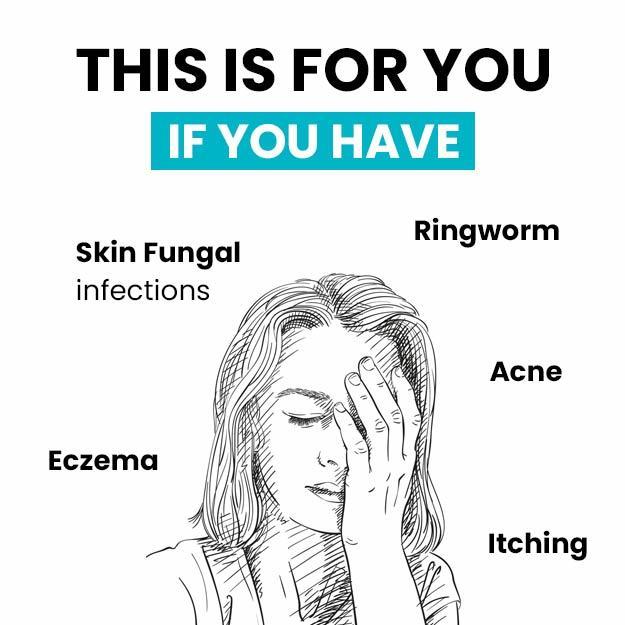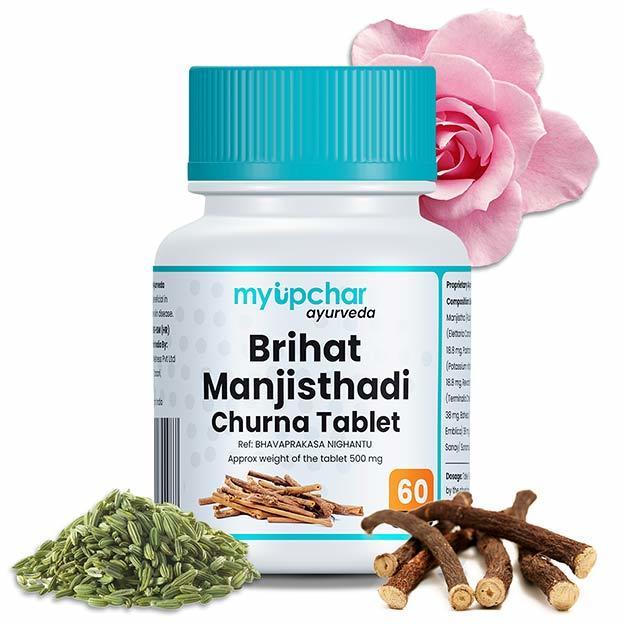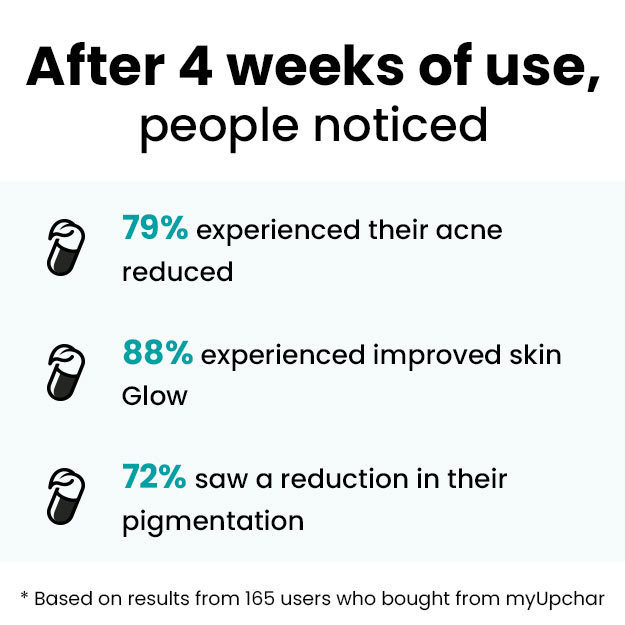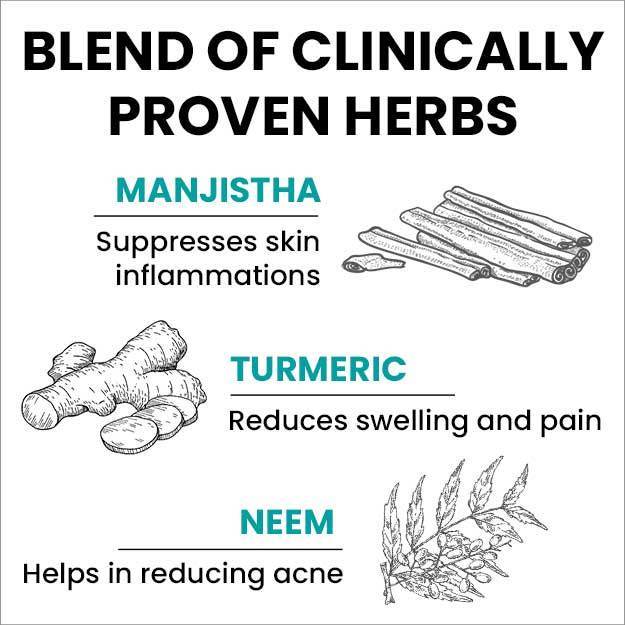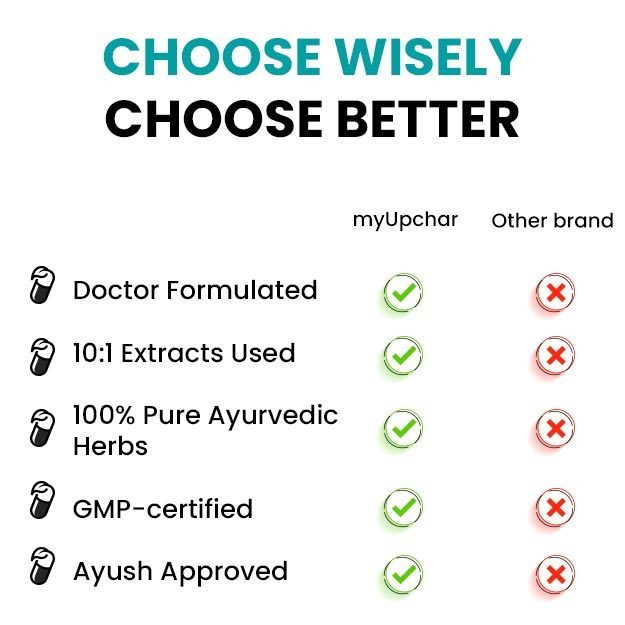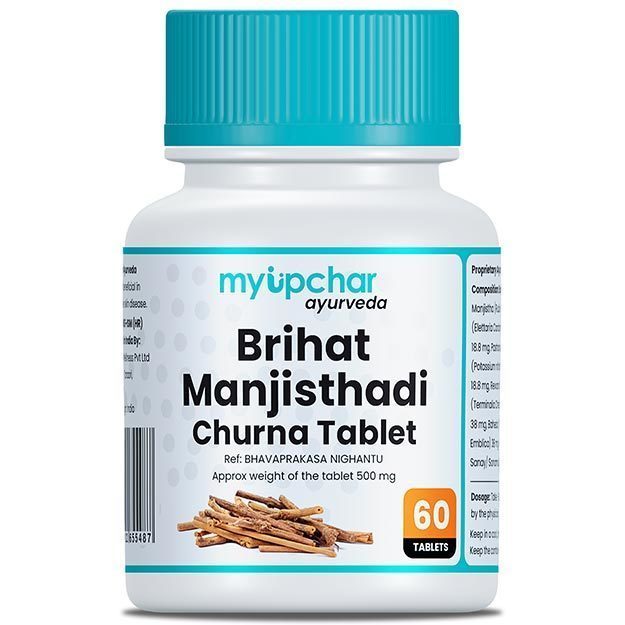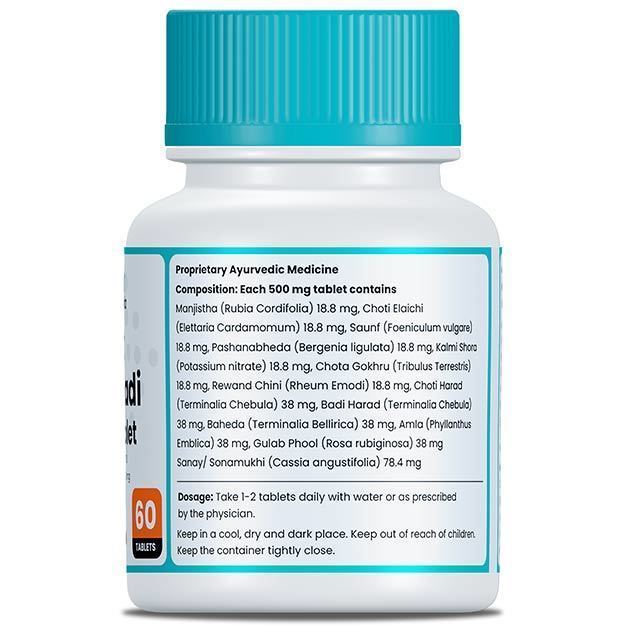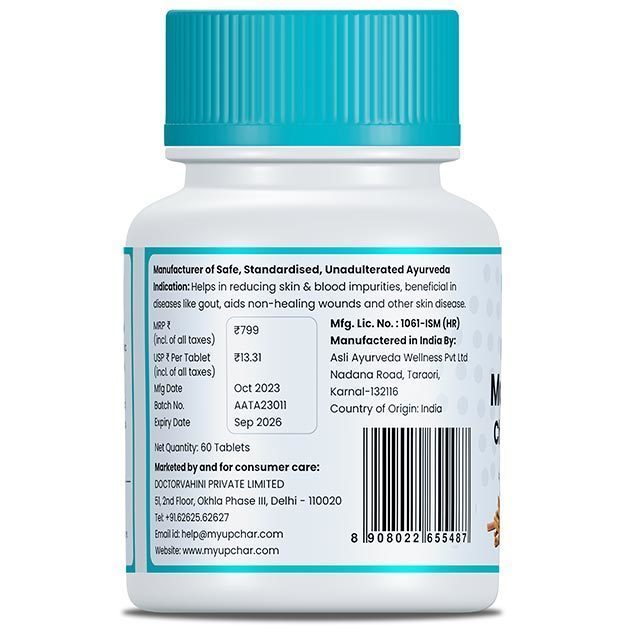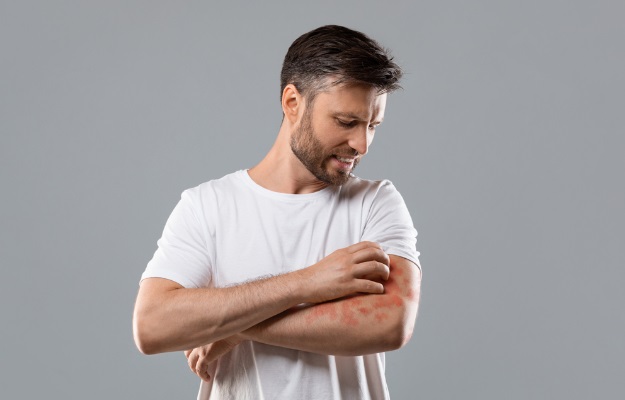Home remedies for psoriasis can be an effective and inexpensive way to get relief from the symptoms. Before we get into these remedies, though, let's take a quick look at what is psoriasis, its types and signs:
Psoriasis is an autoimmune disorder in which skin cell grow 10 times faster than normal, leading to scaly patches. It is commonly observed on the elbows, knees, lower back and scalp. The skin appears to be red and bumpy, covered in white scales. Psoriasis is not contagious but may be genetic. It typically appears in adulthood and affects a small area of the body—it can, however, cover a large part of the body in severe cases. The patches can heal but can show up again at any point in life.
People with psoriasis may also suffer from arthritis called psoriatic arthritis, which is characterised by swelling and pain in the joints. About 10-30% of the people with psoriasis also suffer from psoriatic arthritis, according to the US-based National Psoriasis Foundation.
There are different types of psoriasis:
- Plaque psoriasis: It is the most common form of the disorder. Plaques of red skin coated with silver-coloured scales which are painful and can cause itching are seen. These plaques, in severe cases, expand and merge, covering large areas. Plaques of scale or crust are observed on the scalp. It can also cause crumbling, discolouration and pitting of nails and the nails may even separate from the nail bed.
- Pustular psoriasis: Makes skin red and scaly with small pustules on the palm and feet soles.
- Guttate psoriasis: Ordinarily starts in childhood or young adulthood. Causes tiny red spots on the limbs and torso.
- Inverse psoriasis: Bright red, shiny lesions are seen in the skin folds of the armpits, groin and under the breast.
- Erythrodermic psoriasis: Makes the skin fiery red and the scales shed like sheets. It should be treated immediately as it can result in serious sickness.
Even though the precise reason behind psoriasis is not known, it is thought to be a combination of various things. A malfunction of the immune system triggers inflammation and hastens the formation of new skin cells. The skin cells are replaced every 10 to 30 days normally, but a person with psoriasis will get new cells every three to four days. The amassing of old cells gives rise to the silver scales.
Cuts, scrapes, surgery, Streptococcus bacteria infections, emotional stress, medications for blood pressure and hydroxychloroquine may also induce psoriasis in some people.





